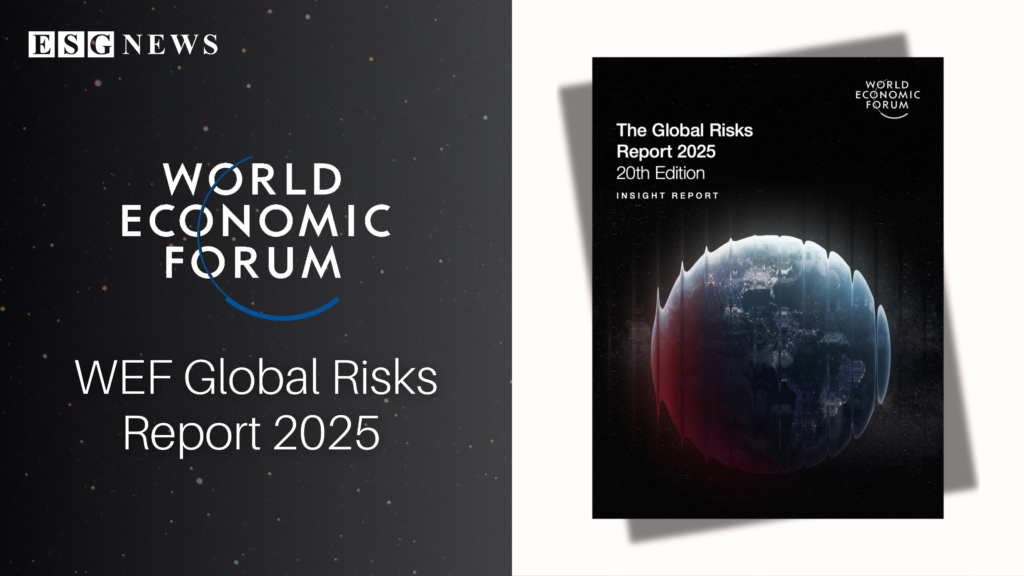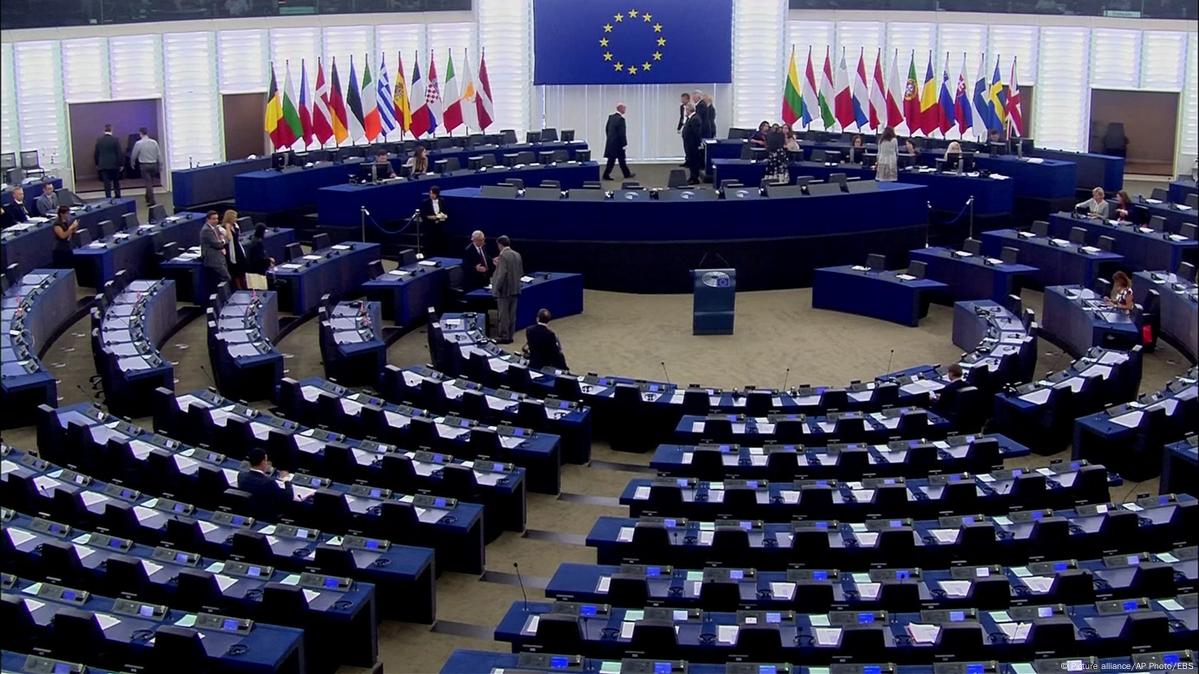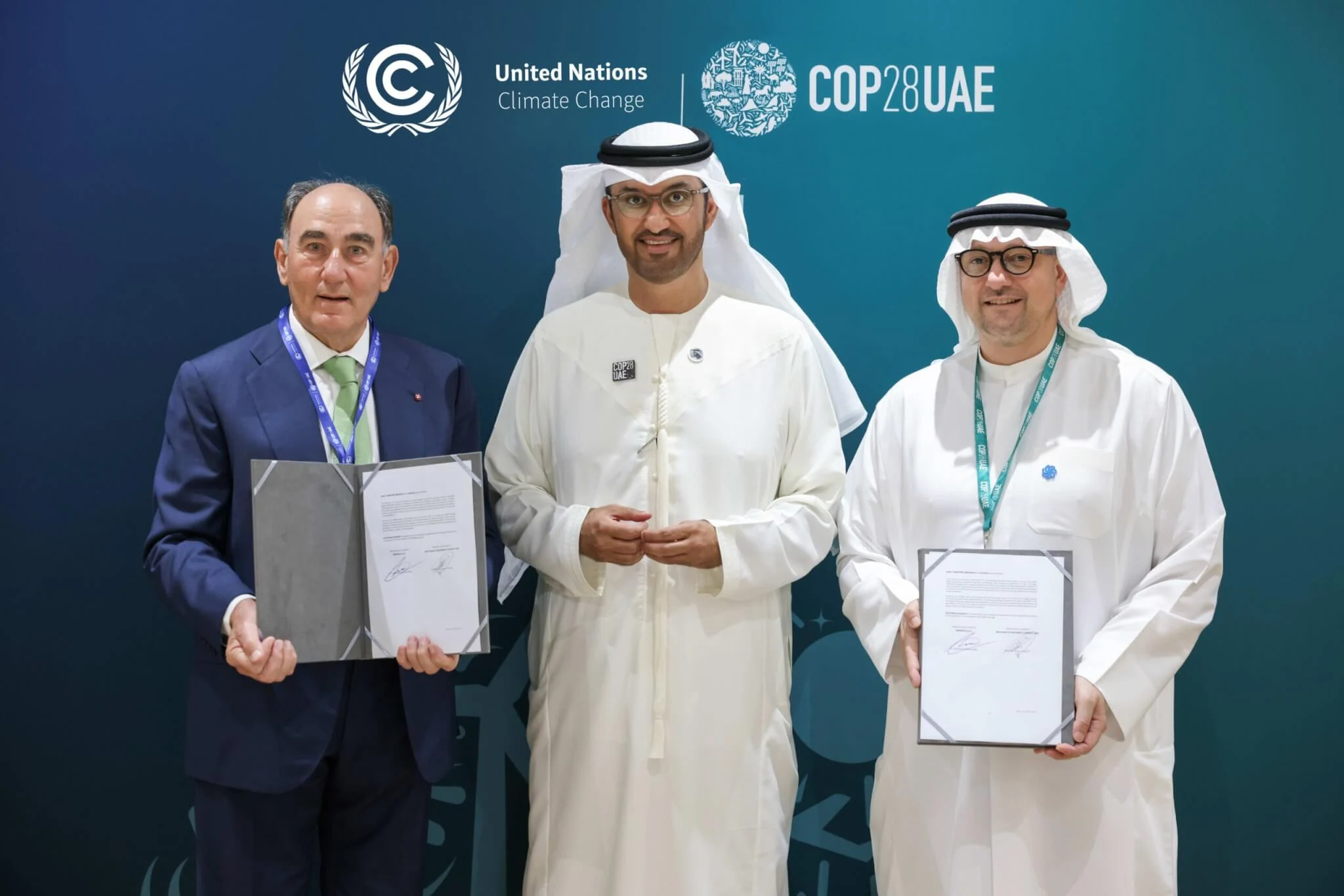Global Risks 2025: Extreme Weather, Disinformation, and Economic Uncertainty Dominate WEF Report

|
Listen to this story:
|
- Environmental risks dominate: Five of the top ten long-term risks include extreme weather,
- biodiversity loss, and critical Earth system changes.
- Misinformation emerges as a top short-term threat, reflecting increasing societal polarization.
- Geopolitical instability and economic tensions remain high-risk factors shaping global uncertainty.
The 2025 Global Risks Landscape
The 2025 WEF Global Risks Report underscores that nature-related risks remain one of the most persistent and pressing challenges for businesses. Political shifts won’t change the reality that climate and biodiversity threats continue to pose significant operational, financial, and safety risks worldwide. The report highlights that five of the ten most severe long-term risks are environmental, including:
- Extreme weather events
- Biodiversity loss and ecosystem collapse
- Critical changes to Earth systems
- Natural resource shortages
- Pollution
“The world has changed profoundly over the last 20 years and will continue to do so in unpredictable ways,” wrote Saadia Zahidi, Managing Director of the WEF. “Yet, in examining the trajectory of the risks foreseen over the last two decades, it is clear that there is no viable alternative to multilateral solutions.”

The report, based on insights from over 900 experts, assesses risks across three timeframes:
- 2025 (immediate-term risks): Geopolitical conflicts, misinformation, and economic volatility dominate concerns.
- 2027 (medium-term risks): Societal polarization and climate maladaptation emerge as critical threats.
- 2035 (long-term risks): Environmental risks such as biodiversity loss and resource scarcity pose existential threats.
Preparing Future Leaders for ESG Challenges
To address long-term risks, we need to equip the next generation of business leaders with the skills and knowledge needed to foster an ESG mindset. Canada’s chapter of KPMG’s Leaders 2050 is hosting a virtual session on March 5 for young professionals looking to build their climate and sustainability awareness with a corporate lens with an opportunity to network.
Matthew Sekol, Author of ESG Mindset believes “every business has intersections with ESG issues. In recognizing the interconnected nature of these risks and opportunities with the context of the business, the next generation of professionals can lead with resilience.”

RELATED ARTICLE: ESG Beyond Compliance: Insights from KPMG Canada
2025 vs. Previous WEF Risk Reports
Environmental Risks Continue to Dominate
Over the past four years, the WEF has consistently ranked extreme weather, biodiversity loss, and pollution among the most severe long-term threats. The 2025 report continues this trend:
- 2025: Extreme weather, biodiversity loss, Earth system disruptions, natural resource shortages, and pollution.
- 2024: Extreme weather, biodiversity loss, ecosystem collapse, and failure of climate action.
- 2023: Extreme weather and climate inaction were the top risks.
- 2022: Climate action failure was ranked #1.
“Ignoring the impacts of extreme weather, climate maladaptation, and biodiversity degradation is no longer an option; the effects are already visible on the bottom line,” said Doron Telem, National ESG Leader for KPMG Canada.

Misinformation and Disinformation Emerge as Top Risks
For the first time, misinformation and disinformation rank as the #1 short-term risk in 2025, reflecting growing polarization and AI-driven manipulation. It is also ranked fifth among long-term risks, signaling deep concerns about public trust and societal stability.
- 2025: Misinformation is the top short-term risk, with AI-driven false content escalating global polarization.
- 2024: Disinformation was already an emerging concern but ranked lower.
- 2023: Societal polarization and declining trust were key issues.
- 2022: Digital misinformation was identified but not as a top risk.
“Anti-ESG narratives are sparking polarizing debates on what ESG is and what it isn’t. Societal polarization ranked eighth in top 10-year risks,” the 2025 report highlights.
Geopolitical and Economic Uncertainty on the Rise
- State-based armed conflict has become the #1 global risk in 2025, reflecting heightened concerns over geopolitical instability.
- Geoeconomic confrontation, including trade restrictions and economic warfare, has moved up significantly in the rankings.
- Economic downturn concerns remain, but inflationary risks have decreased compared to prior years.
“Reducing unnecessarily complex EU rules is a vital part of our plan to make Europe more competitive. This simplification agenda is not about deregulation—it’s about achieving our goals in a smarter, less burdensome way,” said Valdis Dombrovskis, Commissioner for Economy and Productivity.

Why This Matters for Businesses
- Regulatory Compliance: The consistently high ranking of environmental risks underscores the need for businesses to integrate sustainability into their core strategies.
- Resilience Planning: Companies must prepare for misinformation-driven crises and potential geopolitical disruptions.
- Sustainable Investment: With over 99% of CBAM-covered emissions still accounted for, even as small importers are exempted, firms should align investments with EU carbon policies.
“Integrating climate and biodiversity considerations into core business strategies is fundamental for long-term resilience and corporate sustainability,” added Doron Telem.
What’s Next?
- March 5, 2025: KPMG Canada’s Leaders 2050 program will hold a virtual session on climate literacy for young professionals.
- 2026: Expansion of CBAM to more sectors, with stricter enforcement measures.
- 2030: Global risk mitigation efforts will determine whether environmental and misinformation risks intensify or subside.
As businesses face an evolving risk landscape, addressing nature-related, technological, and geopolitical threats will be critical in shaping long-term resilience and growth. The 2025 WEF report serves as yet another urgent call to action.
“Businesses must urgently incorporate a full understanding of nature risk exposure to ensure their strategies address both direct operations and supply chain vulnerabilities globally.” added Doron Telem.












